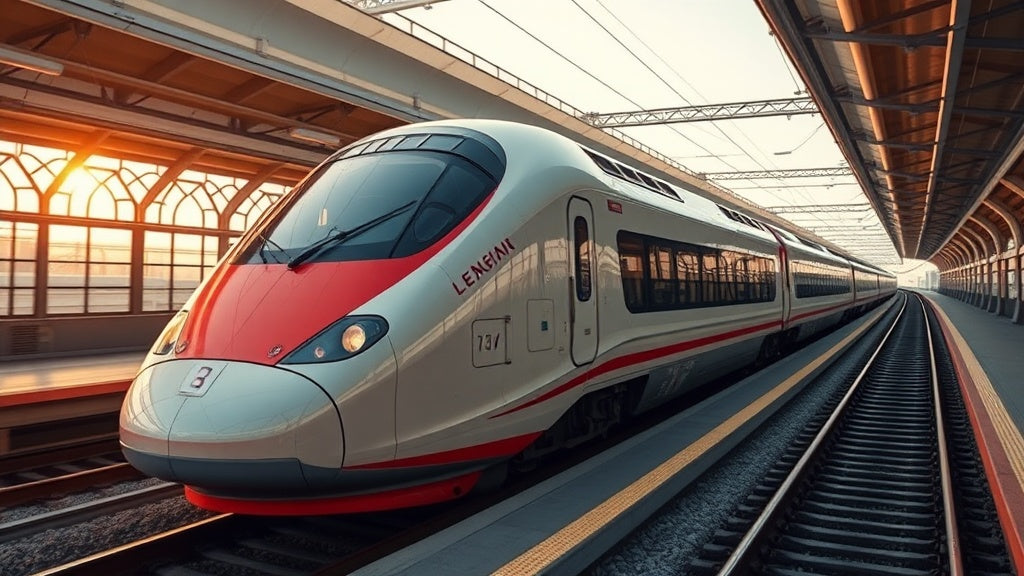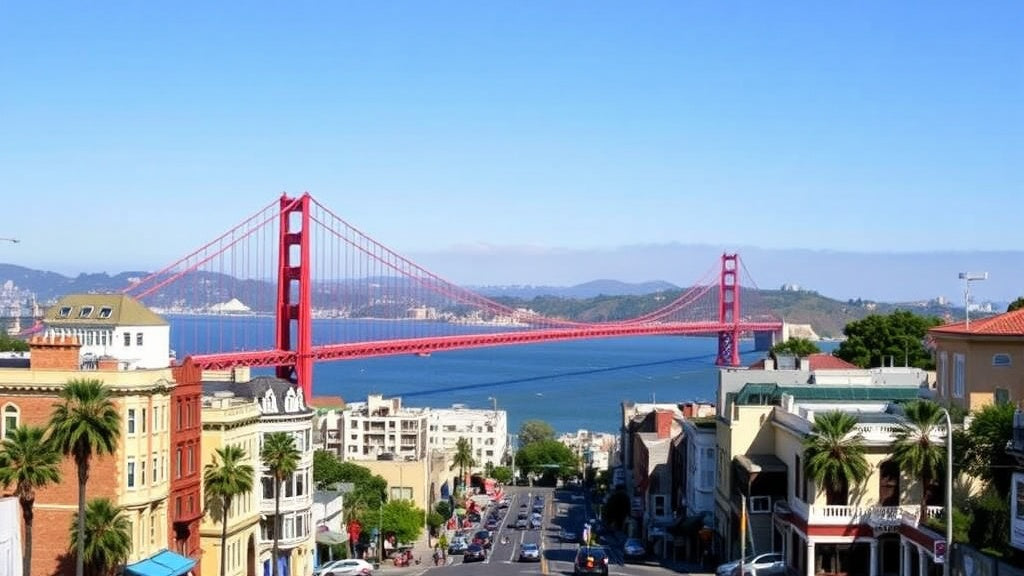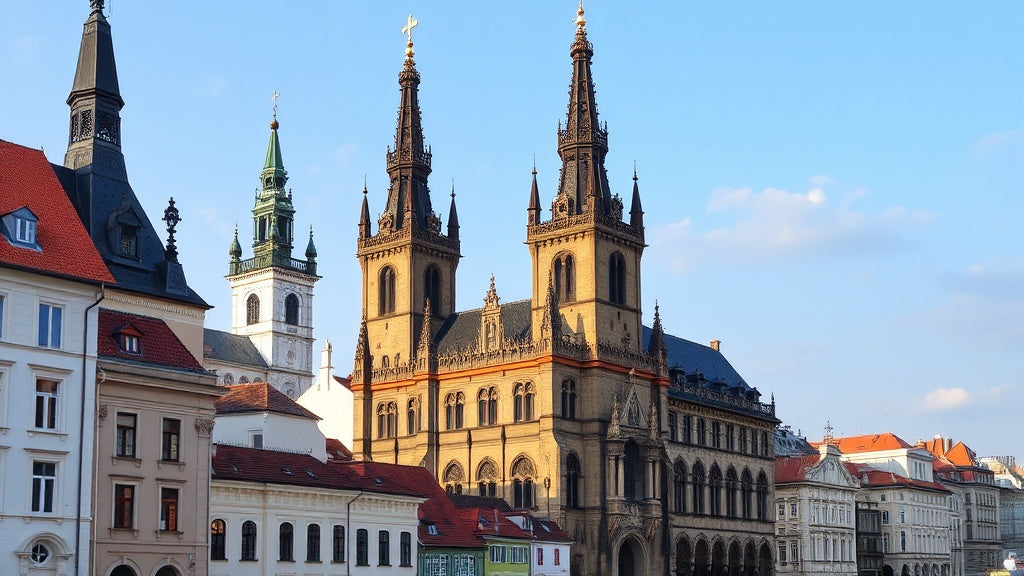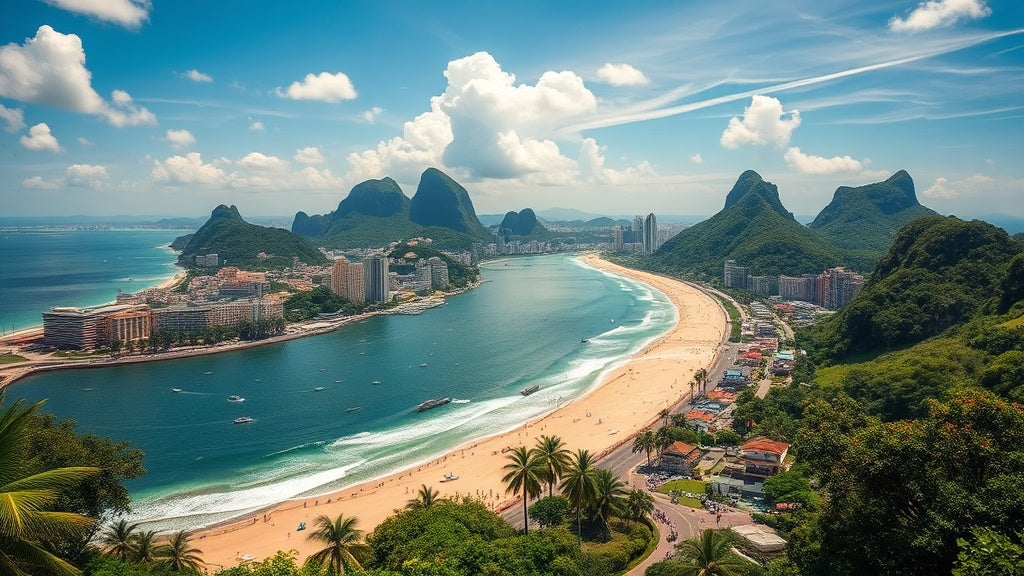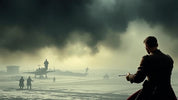
Unveiling the Tannenberg Duel: Strategic Mastery and Historical Implications
, by Unboxify, 7 min reading time

, by Unboxify, 7 min reading time
Introduction
often appears as a mere footnote in the larger narrative of World War I. However, this dramatic confrontation between German and Russian forces in 1914 serves as an enthralling case study in strategic warfare, leadership dynamics, and historical vendettas. In this comprehensive overview, we will unravel the tapestry of events, contrasting the combatants' tactics, technologies, and commanding figures to understand why Tannenberg remains a pivotal episode in military history.
In 1914, the world was on the brink of an unprecedented global conflict—World War I. When hostilities commenced, Germany found itself battling on two fronts: the Western Front against France and the Eastern Front against Russia. Germany had a meticulous war plan called the Schlieffen Plan, which aimed for a swift victory against France by invading through Belgium and then turning to confront Russia. The plan relied on the assumption that Russia, with its vast yet poorly industrialized landscape, would be slow to mobilize.
The Germans counted on Russia's logistical limitations to gain a time advantage. Several factors worked in their favor:
Unexpectedly, Russia began part of its military mobilization three days prior to the official outbreak of the war, catching the Germans off guard. This early mobilization meant that Russian forces were already dangerously close to the German border. The Russian 1st Army under General Paul von Rennenkampf and the 2nd Army under General Alexander Samsonov marched toward Königsberg, aiming to threaten Berlin directly.
In an urgent grasp to counter the Russian advance, Germany's 8th Army, commanded by the once-retired General Paul von Hindenburg and his chief of staff General Erich Ludendorff, took center stage. Germany's strategy rested on dividing and conquering the two Russian armies that had separated due to the expanse of the Masurian Lakes.
Germany’s military leadership benefited from a deeply-rooted aristocratic tradition that bred disciplined, world-class commanders. Key figures included:
The Russian military also had its share of seasoned leaders, but they faced numerous internal challenges:
In late August, as German forces led by Hindenburg encircled Samsonov’s 2nd Army, von Francois's defiance paid dividends. Initially ordered to attack immediately, von Francois chose to wait until his forces were better positioned, infuriating Ludendorff but gaining Hoffmann’s trust.
On August 29th, von Francois and two other German detachments ambushed Samsonov’s forces, catching them off guard. Hindenburg immediately ordered a full encirclement, effectively trapping the bulk of the Russian 2nd Army.
By August 30th, Samsonov’s forces were completely surrounded. Facing the imminent wrath of the Tsar, Samsonov took his own life. The surrender marked a crushing blow for the Russian army, while Hindenburg became a national hero in Germany.
The Germans demonstrated superior strategic planning, from exploiting internal Russian conflicts to leveraging their technological and logistical advantages.
Despite being outnumbered, the Germans capitalized on their superior training, weaponry, and organizational structure to effectively neutralize the Russian advantage in sheer manpower.
While strategic acumen played a significant role, the Germans also enjoyed a measure of luck. Von Francois’s well-timed insubordination and the disastrous Russian communication failures contributed to the overall success.
Following the victory at Tannenberg, Hindenburg and Ludendorff became dominant figures in the German military hierarchy. Hindenburg’s promotion to Field Marshal marked his ascent to national hero status, eventually leading to his presidency in the Weimar Republic.
For Russia, the Battle of Tannenberg signaled the beginning of a decline that continued throughout World War I. The catastrophic loss eroded troop morale and further discredited the Tsarist regime, setting the stage for the Russian Revolution.
The Battle of Tannenberg serves as a fascinating study in military history, exemplifying how preparation, leadership, and sometimes sheer luck interplay to shape the outcomes of wars. The confrontations, strategies, and personal vendettas that define this battle offer timeless lessons in the complexities of conflict management and the unpredictable nature of warfare.
The drama and intricacies of this battle, deeply rooted in historical conflicts and personal rivalries, underscore its significance as more than just a military engagement but a pivotal moment that reshaped the course of World War I and altered geopolitical realities forever.
If you found this analysis intriguing, dive deeper into military history to explore more such compelling narratives of strategy, leadership, and war. Many hidden facets of history lie in the stories of individual battles like Tannenberg, offering invaluable insights into the broader tapestry of global conflict.




